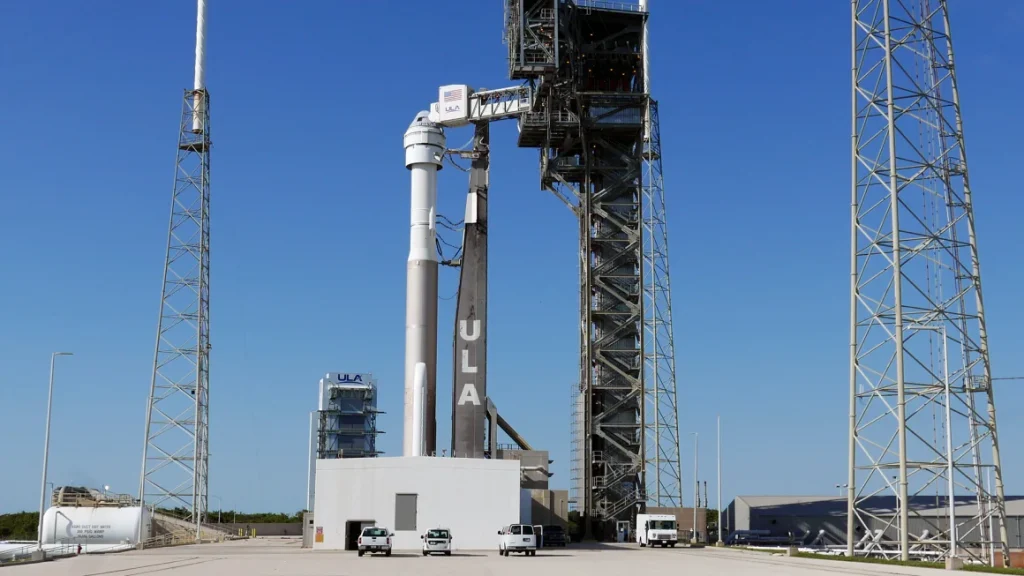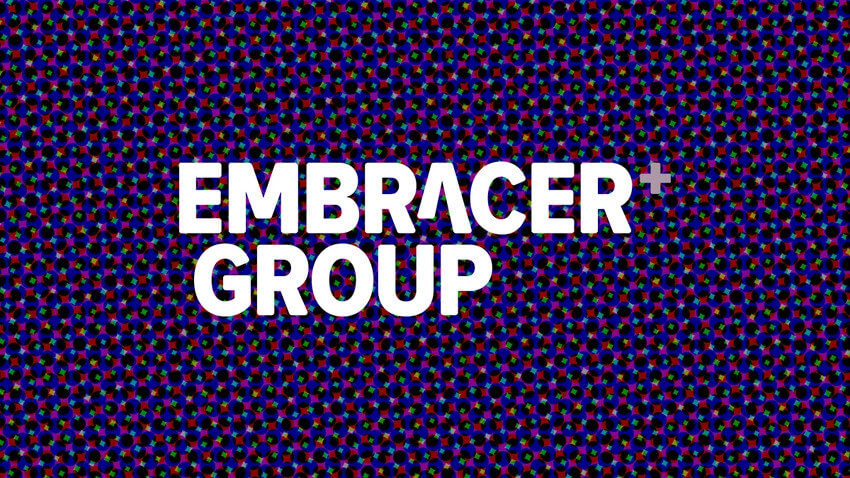Boeing’s Starliner spacecraft is poised for its first crewed mission, a milestone nearly a decade in the making. The launch is scheduled for Saturday at 12:25 p.m. ET from Cape Canaveral Space Force Station in Florida. You can catch the event live on NASA’s website, with the stream starting at 8:15 a.m. ET.
Weather conditions are currently 90% favorable for the launch, according to Mark Burger, launch weather officer of the 45th Weather Squadron. Potential concerns include winds and cumulus clouds.
The mission, dubbed Crew Flight Test, is a significant step for Boeing in its quest to rival SpaceX’s Crew Dragon capsule. This initiative is part of NASA’s Commercial Crew Program, which encourages collaboration with private industry partners.
If successful, this flight will be only the sixth inaugural journey of a crewed spacecraft in US history, as noted by NASA Administrator Bill Nelson. Veteran NASA astronauts Butch Wilmore and Suni Williams will be on board, with Williams making history as the first woman to fly on such a mission.
The Starliner crew capsule, carrying Wilmore and Williams, will separate from the Atlas V rocket after reaching orbit. The capsule’s engines will then fire, and it is expected to spend over 24 hours traveling to the International Space Station (ISS), with docking set for 1:50 p.m. ET on Sunday.
The astronauts will test Starliner’s capabilities, including thruster performance, spacesuit functionality within the capsule, and manual piloting. They will join the seven astronauts and cosmonauts already on the ISS and spend eight days there.
Starliner’s “safe haven” capability, designed to provide the ISS crew with a shelter in case of emergencies, will also be tested, according to Steve Stich, manager of NASA’s Commercial Crew Program.
Williams and Wilmore will return to Earth in the same Starliner capsule, landing in the southwestern United States. The earliest possible return date is June 10, but alternative dates are available in case of unfavorable weather conditions.
If the launch does not occur as planned on Saturday, backup opportunities are available on June 2, June 5, and June 6, according to NASA.
Years of development delays, test flight issues, and other setbacks have slowed Starliner’s progress. Meanwhile, SpaceX has become NASA’s primary transportation provider for astronauts. This mission could be the final major hurdle before NASA certifies Starliner for routine operations.
A small helium leak within the spacecraft service module was recently reported, but it has been deemed manageable and does not pose a mission risk.










